The story of the Alexander Street brothels is featured in Sensational Vancouver.
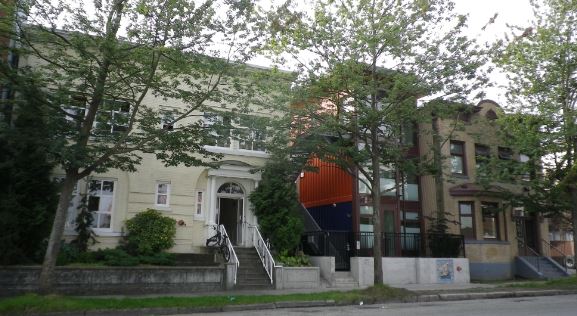
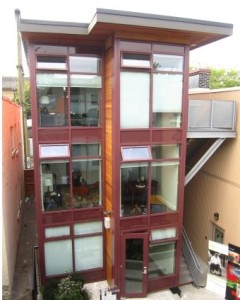
Janice Abbott, CEO of Atira Women’s Resource Society, took me on a tour of some new real estate Friday—a dozen brightly coloured orange and blue recycled shipping containers piled on top of each other like giant lego blocks. This housing—the first social housing development of its kind in Canada—has attracted all sorts of attention as a potentially viable form of cheap accommodation.
The fact that it sits squashed between two former 100-year old brothels was part of the appeal, she says.
Atira also owns the big brick building next door at the corner of Jackson Street. Dolly Darlington bought the building in 1912 and transformed it into a brothel and part of the red light district that existed on Alexander Street. “Most of the young women who live right here now have been on the street since they were 12 or 13,” she says. “Our goal is to get them using less and working less and it’s meant to be transitional so after about a year or two they should be going somewhere else.”
The self-contained shipping containers will house women over 50 from the DTES who have managed to get their lives back on track and who will mentor the girls.
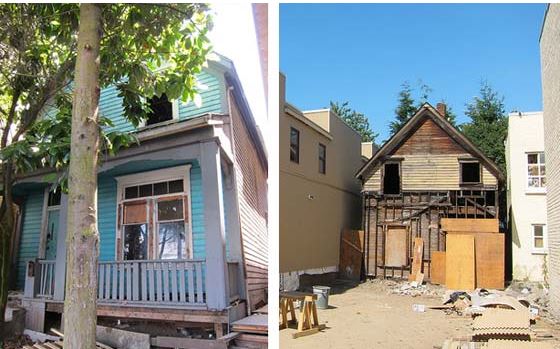
The shipping container development sits on the site that, up until its demolition last year, was the second oldest house in Vancouver. Abbott says the idea was to keep the 1888 house, renovate it, and put the containers behind it in the alley. The property had been owned by one family for the past 40 years, had not been kept up, was infested with rats, and the house had no foundation, but sat on four cinder blocks. Too costly to fix.
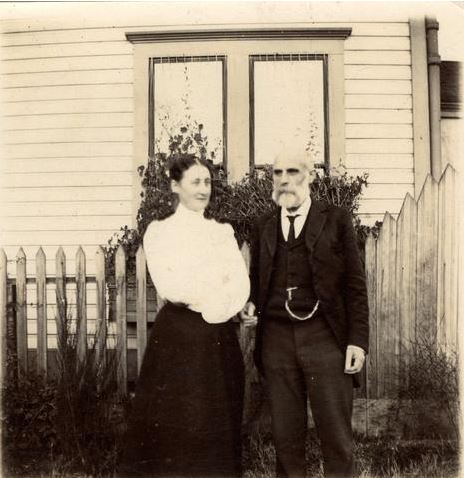
“Where has everybody been for the last 40 years? When we bought it it wasn’t even on the [City of Vancouver Heritage house] Register” says Abbott.
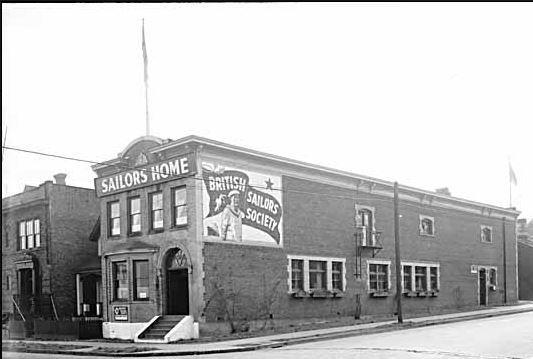
Two people thought they might move the house–one a couple of doors down on Alexander Street and another who wanted it for a laneway house on Cordova.
But it was still too expensive to move, and the City refused to kick in a penny said Abbott.
The former brothel, and one-time home of the British Seaman’s Mission, has Heritage B status on the Register and Abbott has tried to replicate the original stain-glass at the front and mosaic tiles in the foyer.
Abbott said they had another fight with the City over a thin strip of garden. The city wanted ornamental bushes, the girls wanted to grow vegetables. They decided to plant veggies and beg forgiveness later.
Too bad about the house. It could have shared a 125th birthday party with the City of Vancouver.
© All rights reserved. Unless otherwise indicated, all blog content copyright Eve Lazarus.




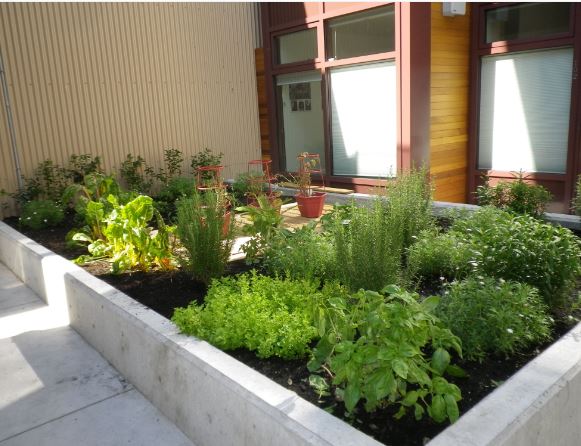
4 comments on “From Brothel to Teen Housing”
Another great piece, thank you.
I’m not sure if you’ve already done something on the Hollywood Theatre, but they are fixing it up—new paint job to match the original heritage colour, fixing the signage, etc. At the same time, the church that is leasing the building isn’t going to buy it, or so I’ve heard.
It does have a Heritage designation of some sort, I believe. Does that mean it will be spared the wrecking ball or worse, a faux-fronted condominium with Hollywood pretensions?
Hi David: Love the Hollywood, we used to go there every Monday night when we lived in Kits a couple of decades ago. This just came in my email https://www.facebook.com/events/524145034326535/ love the architecture/design connection. Eve
Hey Buddy,
Nice post..!
You are doing a great job friend. I am so sorry about the house. It’s so sad that the government showed no interest in that ancient heritage. Shipping containers are like trend these days. Moreover, unlike other houses, shipping container house are much more durable and cost effective.
Thanks for sharing…!
[…] Alexander Street was renowned for its brothels in the early 1900s, including this building which was originally built as a rooming house in 1912. Its history is well documented here. In 1918 it was listed as the Sailors Home (rooms around 2 bucks a week) until it closed in 1954. It later housed a business belonging to Al Hubbard, an eccentric entrepreneur who was known as the “Johnny Appleseed of LSD”. Immortalized by photographer Greg Girard in the 1970s, the dilapidated structure was acquired and renovated by the Atira Development Society. […]